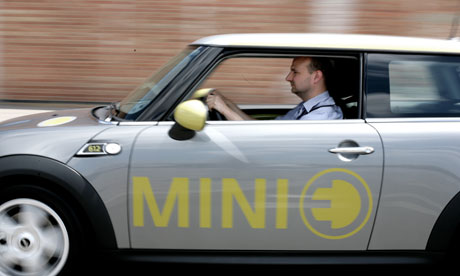'Mobilities, Vol. 10, No. 2, 15 Mar 2015' is now available online on Taylor & Francis Online
http://www.tandfonline.com/
This new issue contains the following articles:
The Social Affordances of Flashpacking: Exploring the Mobility Nexus of Travel and Communication
Jennie Germann Molz & Cody Morris Paris
Pages: 173-192
DOI: 10.1080/17450101.2013.848605
http://www.tandfonline.com/
‘Home is Never Fully Achieved … Even When We Are In it’: Migration, Belonging and Social Exclusion within Punjabi Transnational Mobility
Steve Taylor
Pages: 193-210
DOI: 10.1080/17450101.2013.848606
http://www.tandfonline.com/
Rights and Duties of Circulation on American Streets: To ‘Proceed Uninterruptedly’ or ‘with Reasonable Care?’
David L. Prytherch & Dominique T. Daly
Pages: 211-229
DOI: 10.1080/17450101.2013.857945
http://www.tandfonline.com/
Law and Mobility: Ethnographical Accounts of the Regulation of the Segregated Cycle Facilities in Mexico City
Rodrigo Meneses-Reyes
Pages: 230-248
DOI: 10.1080/17450101.2013.853388
http://www.tandfonline.com/
Agentive Motility Meets Structural Viscosity: Australian Families Relocating in Educational Markets
Catherine Doherty
Pages: 249-266
DOI: 10.1080/17450101.2013.853951
http://www.tandfonline.com/
Moving South: The Economic Motives and Structural Context of North America’s Emigrants in Cuenca, Ecuador
Matthew Hayes
Pages: 267-284
DOI: 10.1080/17450101.2013.858940
http://www.tandfonline.com/
En route: Transport and Embodiment in International Medical Travel Journeys Between Indonesia and Malaysia
Meghann Ormond
Pages: 285-303
DOI: 10.1080/17450101.2013.857812
http://www.tandfonline.com/
Who will Decongest Bengaluru? Politics, Infrastructures & Scapes
Govind Gopakumar
Pages: 304-325
DOI: 10.1080/17450101.2013.857944
http://www.tandfonline.com/
Enforcing Mobility: Spatial Mobility under the Regime of Activation
Wolfgang Ludwig-Mayerhofer & Olaf Behrend
Pages: 326-343
DOI: 10.1080/17450101.2014.898930
http://www.tandfonline.com/





